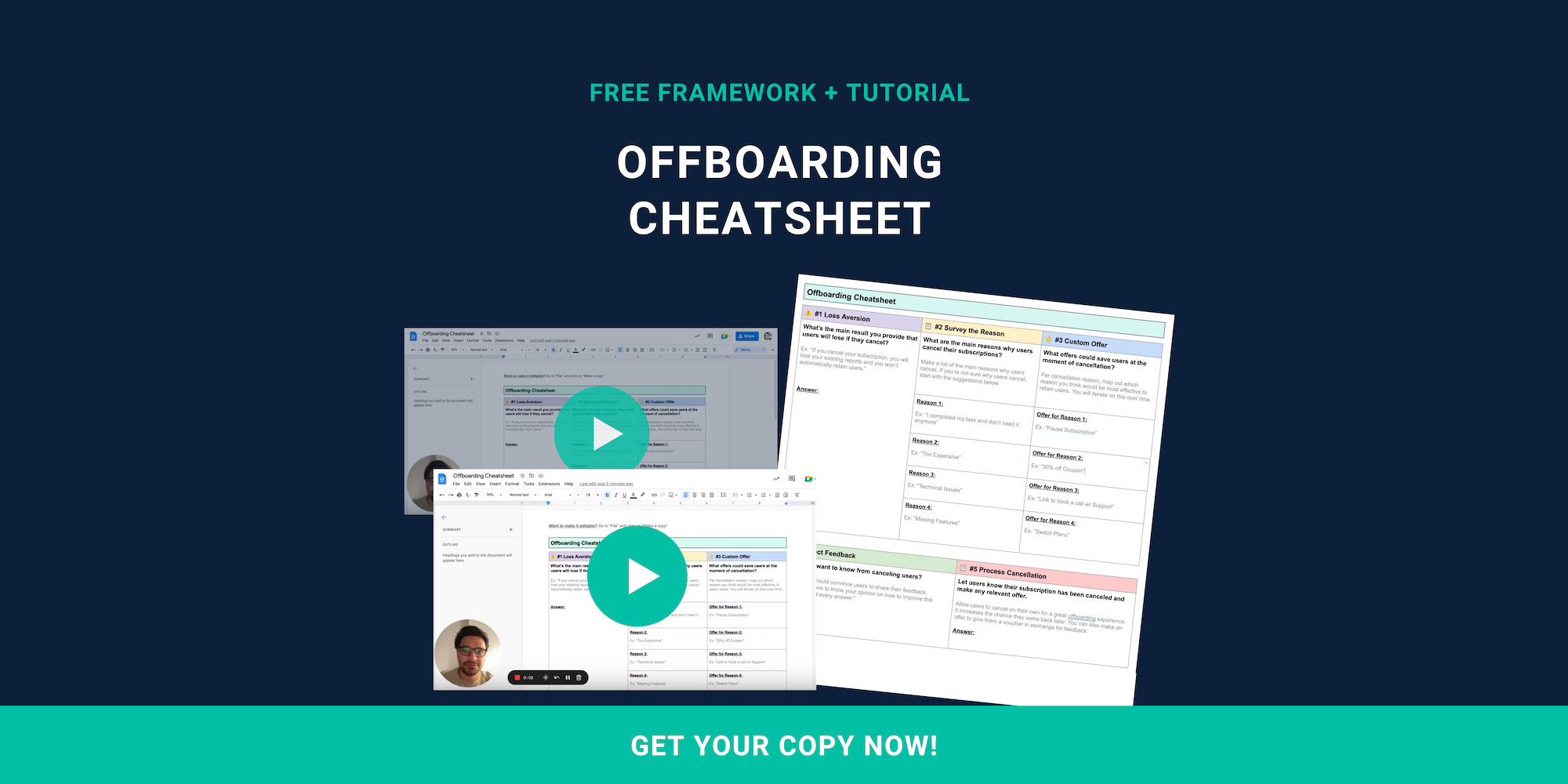What Your SaaS Churn Rate Tells You
Eventually, every business owner comes to realize that it costs far less to keep a customer than to find a new one. Thanks to cloud computing, Software as a Service (SaaS) has become a staple in many business operations.
There are all sorts of metrics associated with internet-based computer businesses. For those providing a software distribution model known as Software as a Service or SaaS, the most important metric for your business is also the easiest to calculate. It is called the Churn Rate. Measuring the churn rate tells you if your business is on track to succeed or needs adjustments so that for each measured period there is net growth.
The Churn Rate Defined
Accounting firms have more than 40 ways to measure SaaS churn - fortunately, you only need one and it is a simple calculation. The most basic definition of SaaS churn is the percentage of customers who end their subscriptions over a given time.
Churn is not a desirable outcome for any business, but in the case of a SaaS, the churn rate has more significance because:
- You and your customer have a transaction either monthly or annually; the longer they stay with your SaaS, the more revenue you will earn.
- Acquisition costs are high for subscription services, and the payback time for getting a new customer could be anywhere from one month to one year.
- Without retaining customers, growing a SaaS business is almost impossible. 4. Hi churn rates can lower your exit evaluation.
Having a high churn rate is a probable teaching moment for a company. Exploring and comparing the data from customers who left your SaaS helps find which metrics may signal a problem. Jill Avery of Harvard Business School says:
Many firms are attracting the wrong kinds of customers. We see this in industries that promote price heavily up front. They attract deal seekers who then leave quickly when they find a better deal with another company. Think about the customers you want to serve up front, and focus on acquiring the right customers. The goal is to bring in and keep customers who you can provide value to and who are valuable to you.
How the Churn Rate Is Used
Monitoring the churn rate can inform your company about things your business is doing well and things that are not helping you. Changes in churn rate are signals your company must be knowledgeable about if you wish to boost revenue. When churn rates go up, something is wrong; when they go down, your SaaS company is doing something right.
Finding out why customers are leaving is key to your overcoming high churn rates. It may be that your marketing tactics need adjusting, customer service may be lacking and so on. This makes follow up a key strategy - it can be nothing more than a quick email along the lines of "Sorry that you are leaving us - please tell us about your experience."
Takeaways
SaaS providers should use their churn rate to help guide decision making.
While there are many ways of calculating churn rate, small and medium-sized businesses can use a simple calculation: churn rate is simply the percent of customers who end their relationship with your company in a given period.
Sometimes churn rates are a result of poor customer selection and not as a result of your SaaS performance.
To discover how Raaft can lower your Churn for your Saas, book a demo from Raaft today!

Offboarding Cheatsheet
This framework + video tutorial will help you design a better cancellation process.
Some of our featured articles

Adam Crookes

Miguel Marques

Adam Crookes
Customer Success insights in your inbox
Helping Founders and Customer Success Managers handle customer retention effectively.
We will only ever send you relevant content. Unsubscribe anytime.


